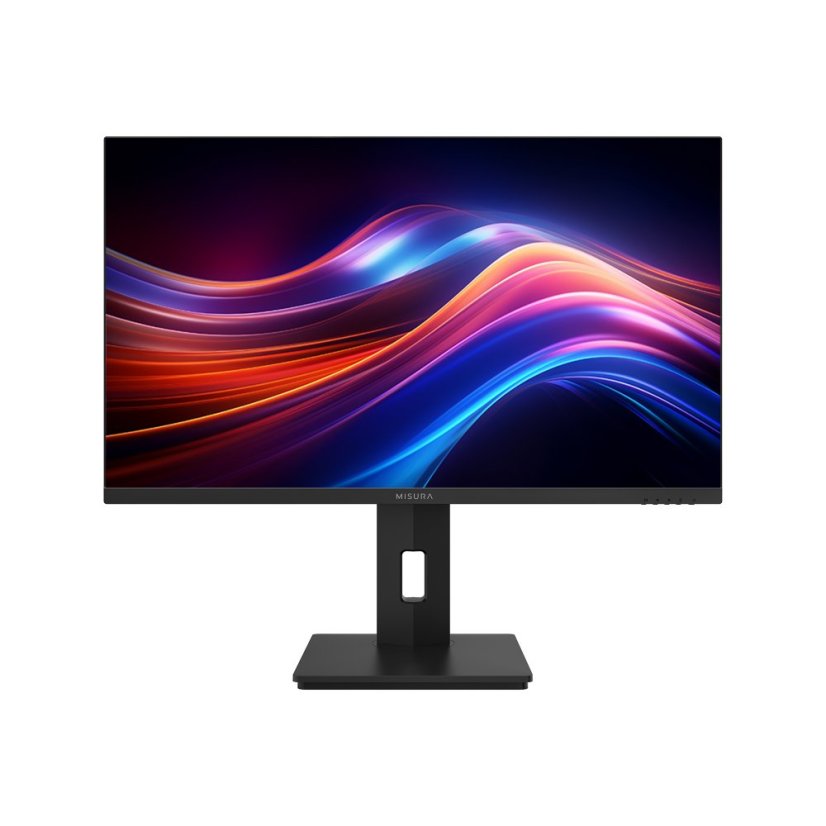Rise by Six: Your Daily Dose of Inspiration
Explore insights and stories that elevate your day.
The Monitor Your Pixels Have Been Waiting For
Discover the ultimate monitor that elevates your viewing experience—your pixels deserve the best! Click to see why everyone is talking!
The Ultimate Guide to Choosing the Perfect Monitor for Your Needs
Choosing the perfect monitor can significantly enhance your computing experience, whether you're a gamer, a graphic designer, or someone who spends long hours working from home. To begin with, consider the monitor size. The ideal size depends on your workspace and the distance from which you'll be viewing the screen. Common sizes range from 24 to 34 inches, with larger screens offering more immersive experiences. Furthermore, the resolution plays a crucial role; for most users, a Full HD (1920x1080) monitor suffices, but if you're into high-end gaming or professional photo editing, you might want to invest in a 4K (3840x2160) model for sharp visuals.
Next, take into account the refresh rate and response time. A higher refresh rate, such as 144Hz or even 240Hz, is ideal for gamers seeking smooth motion without blurring. However, for general use, a 60Hz refresh rate is typically sufficient. Additionally, look for features such as IPS (In-Plane Switching) technology, which provides better color accuracy and wider viewing angles. Don't forget to examine the monitor's connectivity options; having multiple HDMI and DisplayPort inputs can make life easier if you plan to connect multiple devices.

Top 5 Features to Look for in Your Next Monitor
When shopping for a new monitor, there are several features that can significantly enhance your viewing experience. First and foremost, consider the resolution. Higher resolutions, such as 4K or even 8K, offer sharper images and greater detail, making them ideal for professionals in graphic design or video editing. Secondly, the size of the monitor plays a crucial role; a larger screen can improve your productivity by allowing you to multitask efficiently. Lastly, don't overlook the refresh rate, which is particularly important for gamers. A higher refresh rate, typically 144Hz or more, delivers smoother motion, reducing motion blur and providing a competitive edge in gaming.
Another essential feature to consider is the panel type, with options like IPS, TN, and VA each providing distinct benefits. IPS panels are known for their excellent color accuracy and wide viewing angles, making them perfect for creative work, while TN panels generally provide faster response times at a lower cost, appealing to gamers. Additionally, connectivity options are vital—look for monitors that offer multiple ports such as HDMI, DisplayPort, and USB-C to ensure compatibility with your devices. Lastly, consider the ergonomic features such as height adjustment and tilting capabilities; these can lead to a more comfortable, customized workstation for long hours of use.
How to Optimize Your Monitor Settings for Stunning Visuals
To optimize your monitor settings for stunning visuals, start by adjusting the brightness and contrast to achieve a balance that suits your environment. Typically, a brightness level between 70-80% is adequate for most indoor settings, while the contrast should be set around 50-70%. This ensures that colors appear vibrant without being washed out. Additionally, explore your monitor's color calibration settings; you can adjust the gamma levels to enhance the detail in shadows and highlights. For more advanced users, utilizing calibration tools or software can offer a tailored setup that enhances visual accuracy.
Next, consider the resolution and refresh rate as critical factors in your monitor's performance. Always select the highest native resolution supported by your monitor, as this provides the sharpest image clarity. For gaming or fast-paced activities, adjusting the refresh rate to its maximum can significantly improve motion smoothness. Finally, enable any available display modes, such as night mode or blue light filters, that can enhance your viewing experience during different times of the day, minimizing eye strain and allowing for extended use without discomfort.